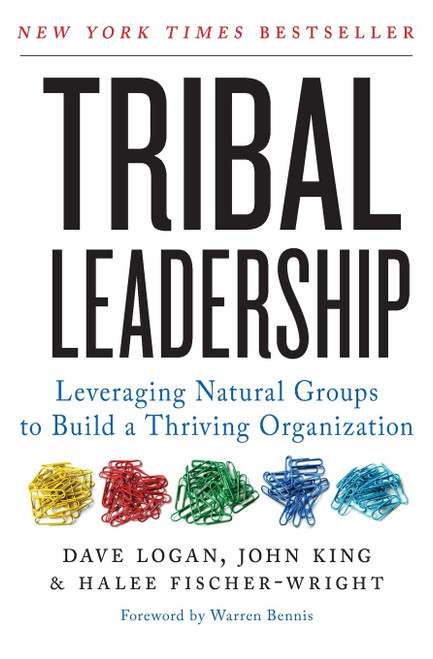What is nature worth? The answer to this questionwhich traditionally has been framed in environmental termsis revolutionizing the way we do business.
In Nature's Fortune, Mark Tercek, CEO of The Nature Conservancy and former investment banker, and science writer Jonathan Adams argue that nature is not only the foundation of human well-being, but also the smartest commercial investment any business or government can make. The forests, floodplains, and oyster reefs often seen simply as raw materials or as obstacles to be cleared in the name of progress are, in fact as important to our future prosperity as technology or law or business innovation.
Who invests in nature, and why? What rates of return can it produce? When is protecting nature a good investment? With stories from the South Pacific to the California coast, from the Andes to the Gulf of Mexico and even to New York City, Nature's Fortune shows how viewing nature as green infrastructure allows for breakthroughs not only in conservationprotecting water supplies; enhancing the health of fisheries; making cities more sustainable, livable and safe; and dealing with unavoidable climate changebut in economic progress, as well. Organizations obviously depend on the environment for key resourceswater, trees, and land. But they can also reap substantial commercial benefits in the form of risk mitigation, cost reduction, new investment opportunities, and the protection of assets. Once leaders learn how to account for nature in financial terms, they can incorporate that value into the organization's decisions and activities, just as habitually as they consider cost, revenue, and ROI.
A must-read for business leaders, CEOs, investors, and environmentalists alike, Nature's Fortune offers an essential guide to the world's economicand environmentalwell-being.
In Nature's Fortune, Mark Tercek, CEO of The Nature Conservancy and former investment banker, and science writer Jonathan Adams argue that nature is not only the foundation of human well-being, but also the smartest commercial investment any business or government can make. The forests, floodplains, and oyster reefs often seen simply as raw materials or as obstacles to be cleared in the name of progress are, in fact as important to our future prosperity as technology or law or business innovation.
Who invests in nature, and why? What rates of return can it produce? When is protecting nature a good investment? With stories from the South Pacific to the California coast, from the Andes to the Gulf of Mexico and even to New York City, Nature's Fortune shows how viewing nature as green infrastructure allows for breakthroughs not only in conservationprotecting water supplies; enhancing the health of fisheries; making cities more sustainable, livable and safe; and dealing with unavoidable climate changebut in economic progress, as well. Organizations obviously depend on the environment for key resourceswater, trees, and land. But they can also reap substantial commercial benefits in the form of risk mitigation, cost reduction, new investment opportunities, and the protection of assets. Once leaders learn how to account for nature in financial terms, they can incorporate that value into the organization's decisions and activities, just as habitually as they consider cost, revenue, and ROI.
A must-read for business leaders, CEOs, investors, and environmentalists alike, Nature's Fortune offers an essential guide to the world's economicand environmentalwell-being.











